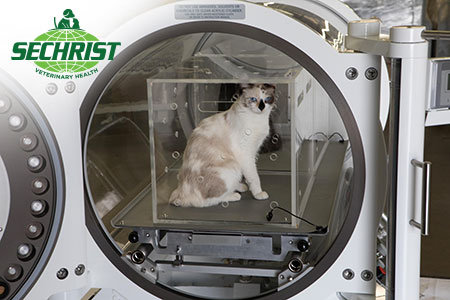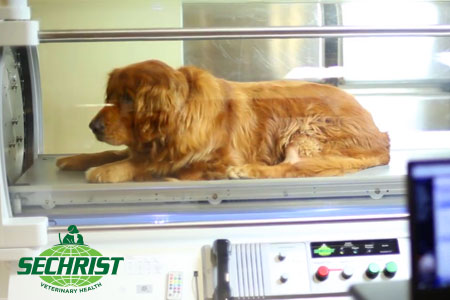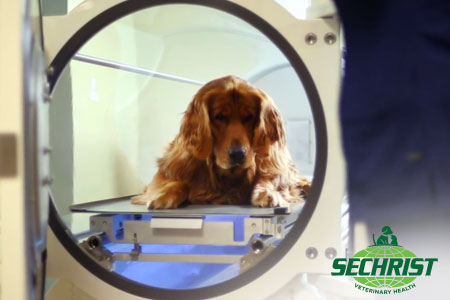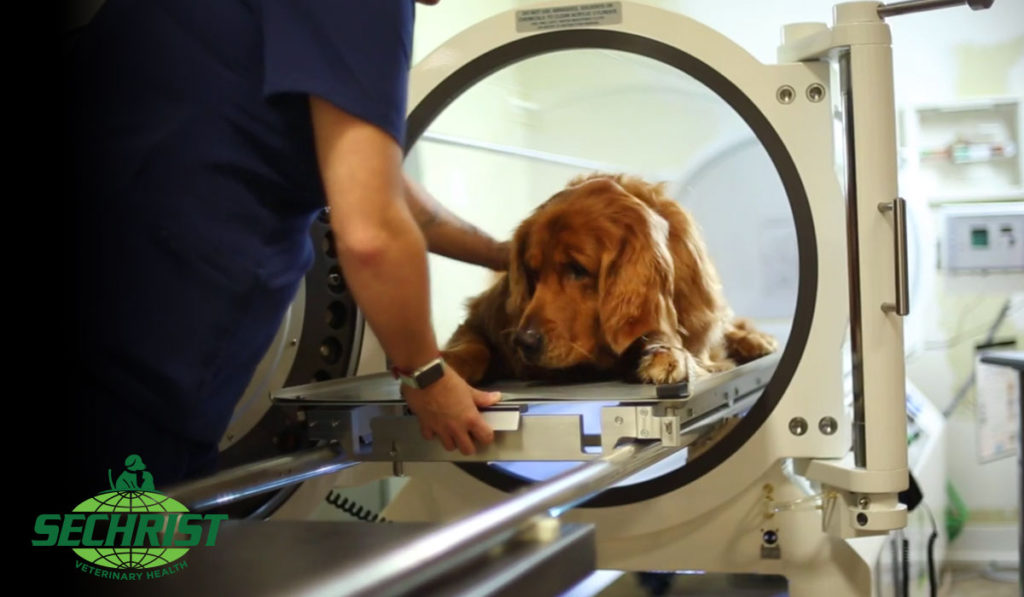Hyperbaric oxygen therapy (HBOT) offers numerous benefits for pets with an array of medical ailments. It was originally developed for the treatment of decompression sickness in humans, but quickly became used in the treatment of many other conditions. HBOT delivers higher levels of oxygen to the body, which promotes healing by providing oxygen to tissues that are deprived of it. HBOT stimulates healing by administering oxygen to the body at higher levels to assist tissues that have less than normal levels.
Call: 850-510-2781
Promotes Faster Healing
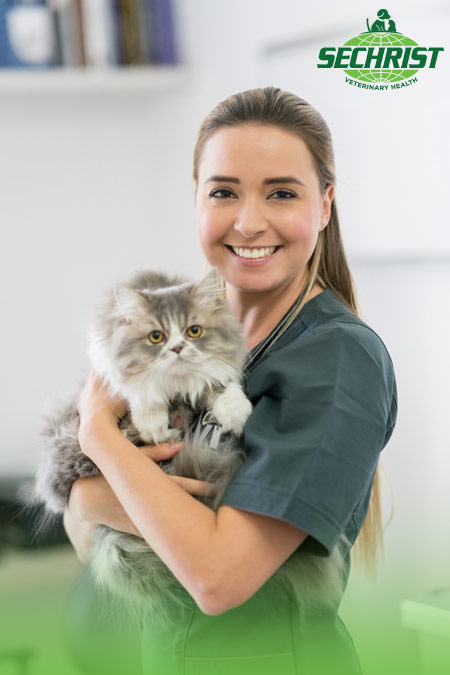 As stated above, HBOT expedites the healing process through an increase in the amount of oxygen delivered to the tissues of a wound. With increased amounts of oxygen in their bloodstream an animal’s body is able to fight off infections faster, increase the growth of new tissue, and reduce the swelling and inflammation of wounds.
As stated above, HBOT expedites the healing process through an increase in the amount of oxygen delivered to the tissues of a wound. With increased amounts of oxygen in their bloodstream an animal’s body is able to fight off infections faster, increase the growth of new tissue, and reduce the swelling and inflammation of wounds.
Hyperbaric medicine for pets promotes greater blood vessel formation and helps to preserve damaged tissues. It eliminates and reduces the effects of toxic substances, making it a useful treatment for anything from snake bites to gas gangrene and exposure to carbon monoxide. Difficult wounds that might struggle to heal on their own or l with other treatments can successfully be healed using veterinary hyperbaric oxygen therapy. By increasing the oxygen delivered to tissues and improving the efficiency of white blood cells, HBOT can promote healing in pets in ways that other treatments might not be able to.
Suitable for a Range of Ailments
Hyperbaric medicine can be used to treat a range of ailments and injuries. Some of the case studies that can be found on our Sechrist website, include positive outcomes for the treatment of vasculitis, rattlesnake bites, canine pancreatitis, and severe tissue trauma. Multiple studies have been and continue to be conducted examining HBOT’s effectiveness on an animal’s wound or injury.
Both injuries and illnesses can be treated with the use of HBOT for pets. A single session in a hyperbaric oxygen chamber can help with the healing of an animal’s wound,, however, multiple sessions are more likely to deliver a stronger benefit. The use of hyperbaric oxygen therapy can provide an alternative treatment for some medical issues, sometimes helping to avoid the use of surgery or other invasive treatments, such as when treating a rattlesnake bite. Hyperbaric oxygen therapy can also often help when other treatments have been unsuccessful.
Little to No Side Effects
Another benefit in HBOT relating to injury recovery, is the lack of side effects on the animal. In relation to other treatments HBOT tends to have very little problems, only a few have come up in the thousands of sessions that have been completed. They include, ear problems, barotrauma and visual disturbances. Pets can be watched closely after the treatment to determine if any illness appears. Some may benefit from follow-up treatments after therapy. The risk of side effects can be kept to a minimum through the proper administration of the treatment, such as accurate dosing and the duration of the treatment.
The lack of serious side effects can make the use of a hyperbaric animal chamber advantageous over other treatment options. Avoiding the use of surgery for a low-risk procedure can be incredibly beneficial to animals, particularly those that could be at a higher risk for complications during surgery.
Suitable for Pets of All Sizes
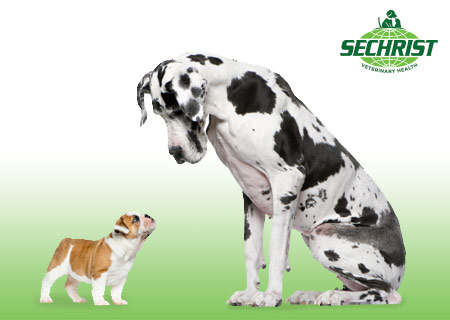 Hyperbaric oxygen therapy can be used to treat pets of various sizes. Everything from Horses, goats, cats and dogs have been treated using hyperbarics. .
Hyperbaric oxygen therapy can be used to treat pets of various sizes. Everything from Horses, goats, cats and dogs have been treated using hyperbarics. .
The treatment, however, is most often used on cats and dogs, but can also be used in small animal medicine. The range of pet oxygen chambers for sale enables veterinarians to consider options that are suitable for a wide range of animals. Larger hyperbaric chambers can provide enough space for dogs and other large companion animals, and could even be useful for other less traditional pets. Some chambers can treat multiple patients at once to allow for the treatment of more than one animal at the same time. If you are seeking a veterinary hyperbaric chamber for sale, call Sechrist Veterinary Health at (888) 748-3801.
Offers Short and Long-term Treatment Possibilities
Veterinary hyperbaric oxygen therapy can help pets in just one or two sessions or across a number of sessions. Repeat treatment can provide the best benefits for many illnesses and injuries. Our case studies include treatment for a rattlesnake bite in a dog that required five sessions, one hour of treatment for four days in combination with standard supporting therapy for canine pancreatitis, and seven sessions of hyperbaric oxygen therapy to treat a sciatic nerve lesion.
Repeated sessions of HBOT can provide a non-traumatic alternative to other treatments or can work in tandem with other types of treatment to treat illness and injury in pets. Hyperbaric specialists can determine the effective use of hyperbaric animal chambers and how many sessions might be necessary to treat a particular ailment.
Provides Treatment Where Others Might Fail
Veterinarians can offer hyperbaric medicine for pets in many cases when other treatments might not have been as effective as hoped. After trying other therapies and treatments, some pets might be referred for hyperbaric oxygen therapy as an alternative. In cases when treatment might even seem hopeless, HBOT can offer a viable alternative that produces results when no other treatment can. The use of hyperbaric oxygen therapy can also help veterinarians to save money or can make treatment less complicated time-consuming.
Hyperbaric oxygen therapy doesn’t always need to be a last resort treatment, yes, it can often help when other treatments aren’t successful, however, used alone can save time and money. Both valuable factors to consider when deciding on the best treatment plan for an animal.
HBOT offers a number of benefits for pets suffering from a range of ailments, providing both vets and pet owners with a viable treatment option.
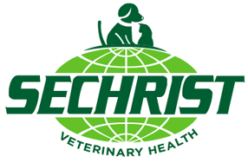
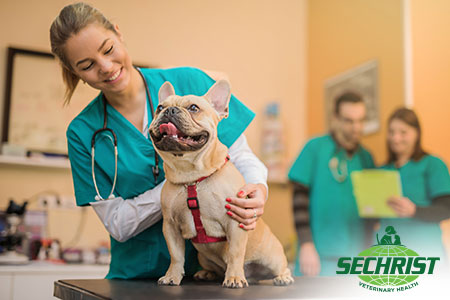 Hyperbaric oxygen therapy or HBOT, has quite a few benefits. Including enhanced wound healing and providing significant improvements to infection control. It also helps the number of growing medical issues to remain low at all times. Some of the benefits include:
Hyperbaric oxygen therapy or HBOT, has quite a few benefits. Including enhanced wound healing and providing significant improvements to infection control. It also helps the number of growing medical issues to remain low at all times. Some of the benefits include: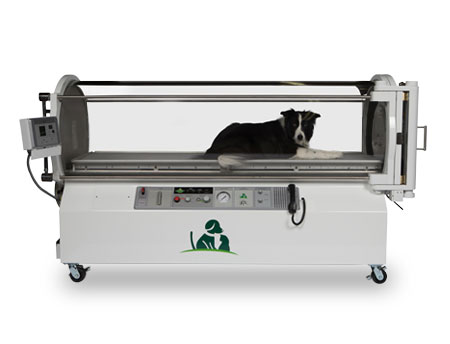
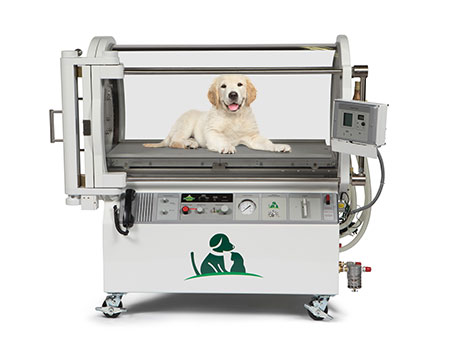
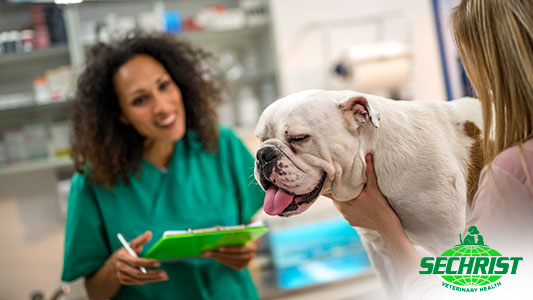 The concept of hyperbaric medicine is fairly straightforward despite its profound therapeutic effects. Veterinary
The concept of hyperbaric medicine is fairly straightforward despite its profound therapeutic effects. Veterinary 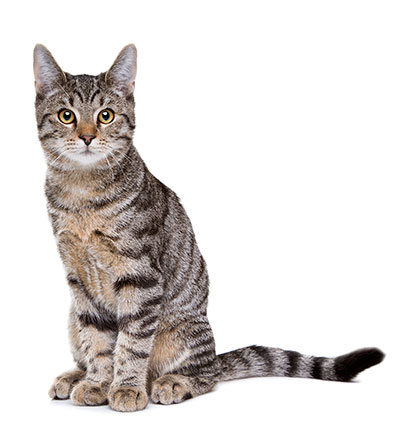 Secondly,
Secondly, 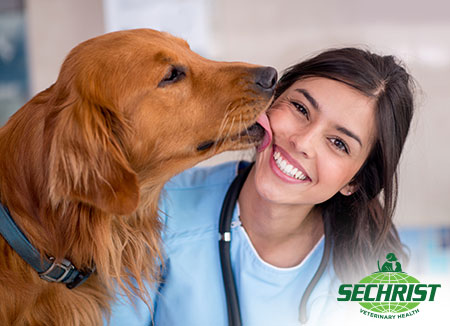 Some owners dislike when their pets are required to take medicine or undergo complicated surgical procedures. They’d often prefer a less intrusive option that allows for the animal to heal naturally. The pure oxygen environment stimulates this process and gives the animal a chance to heal on its own. .
Some owners dislike when their pets are required to take medicine or undergo complicated surgical procedures. They’d often prefer a less intrusive option that allows for the animal to heal naturally. The pure oxygen environment stimulates this process and gives the animal a chance to heal on its own. .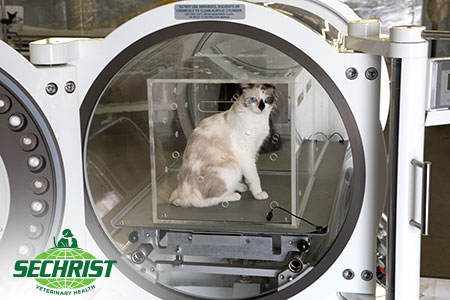 It’s Doesn’t Cause Pets Distress
It’s Doesn’t Cause Pets Distress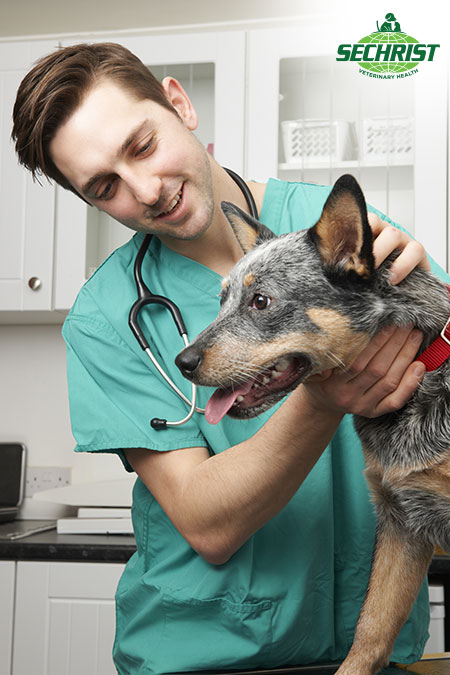
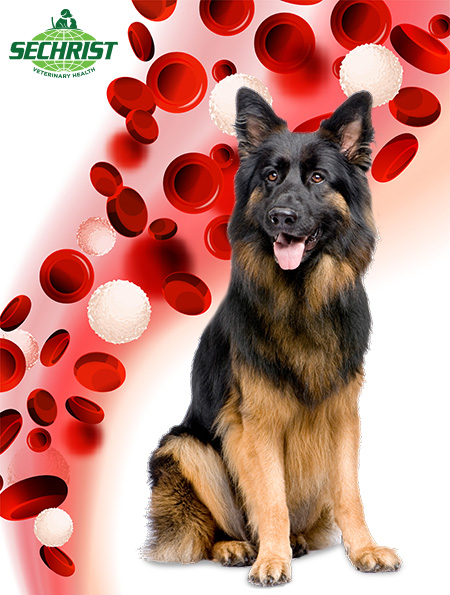 Hyperbaric oxygen therapy or HBOT has assumed an ever-expanding role in modern medicine practices-for both humans and pets. In veterinary medicine, hyperbaric oxygen therapy continues to demonstrate its effectiveness in primary and adjunctive care. It offers significant medical benefits through enhanced wound healing, improved infection control, and preservation of damaged tissues; plus several more. It also helps alleviate the growing number of complicated, expensive or otherwise hopeless medical problems.
Hyperbaric oxygen therapy or HBOT has assumed an ever-expanding role in modern medicine practices-for both humans and pets. In veterinary medicine, hyperbaric oxygen therapy continues to demonstrate its effectiveness in primary and adjunctive care. It offers significant medical benefits through enhanced wound healing, improved infection control, and preservation of damaged tissues; plus several more. It also helps alleviate the growing number of complicated, expensive or otherwise hopeless medical problems.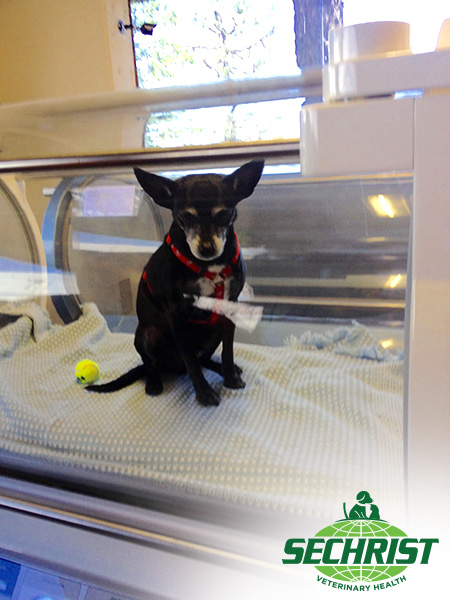 Unlike many procedures, HBOT chambers provide pets with a relaxing and peaceful environment. Many of them enjoy the treatment. Also,
Unlike many procedures, HBOT chambers provide pets with a relaxing and peaceful environment. Many of them enjoy the treatment. Also, 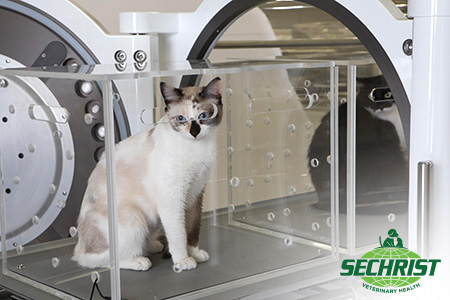 When trauma or crush injury occurs, there can be a reduction in blood flow and swelling to the area. By placing pets in an HBOT chamber breathing 100% oxygen, veterinarians can increase oxygen tension levels by 10 to 20 times that of normobaric oxygen breathing. This level increase in oxygen tension allows for faster and better healing of the animal.
When trauma or crush injury occurs, there can be a reduction in blood flow and swelling to the area. By placing pets in an HBOT chamber breathing 100% oxygen, veterinarians can increase oxygen tension levels by 10 to 20 times that of normobaric oxygen breathing. This level increase in oxygen tension allows for faster and better healing of the animal.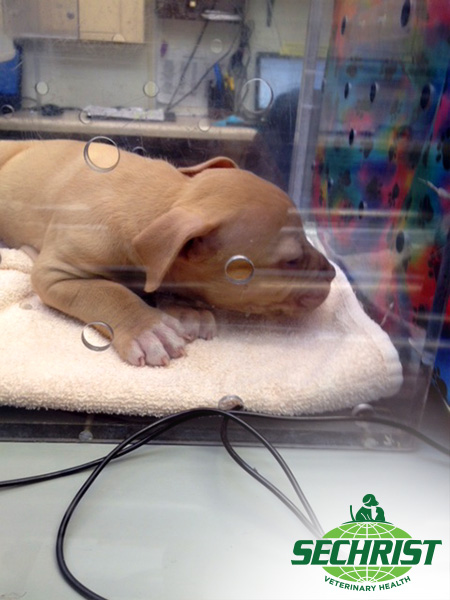 While HBOT may often be automatically associated with humans, it’s important to bear in mind there are many potential applications for pets, including in the improvement of food aspiration symptoms.
While HBOT may often be automatically associated with humans, it’s important to bear in mind there are many potential applications for pets, including in the improvement of food aspiration symptoms. 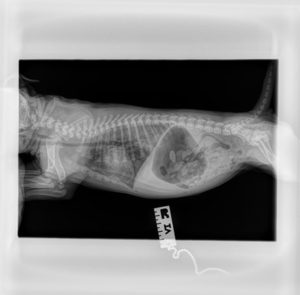 While HBOT for pets is a relatively new therapy, it has seen proven success as an adjunctive medicine. Take the following case study as an example. A 5-week-old female puppy was presented after it was discovered in respiratory arrest immediately after accidental ingestion of a large piece of dry dog food kibble. The owner cleared the oral cavity with her finger then performed chest compressions until the puppy began spontaneous respirations. The puppy was dyspneic, tachypneic, and cyanotic on presentation, and had increased pulmonary bronchovesicular sounds in all lung fields. Admitting radiographs revealed non-cardiogenic pulmonary edema.
While HBOT for pets is a relatively new therapy, it has seen proven success as an adjunctive medicine. Take the following case study as an example. A 5-week-old female puppy was presented after it was discovered in respiratory arrest immediately after accidental ingestion of a large piece of dry dog food kibble. The owner cleared the oral cavity with her finger then performed chest compressions until the puppy began spontaneous respirations. The puppy was dyspneic, tachypneic, and cyanotic on presentation, and had increased pulmonary bronchovesicular sounds in all lung fields. Admitting radiographs revealed non-cardiogenic pulmonary edema.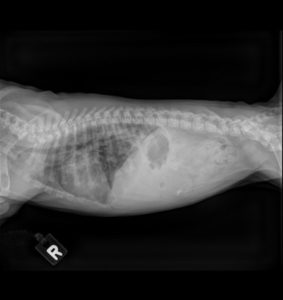 Over the following 24 hours, the puppy was treated with two more HBOT sessions, and transitioned back to room air, 21%, free flow at sea level pressure.
Over the following 24 hours, the puppy was treated with two more HBOT sessions, and transitioned back to room air, 21%, free flow at sea level pressure.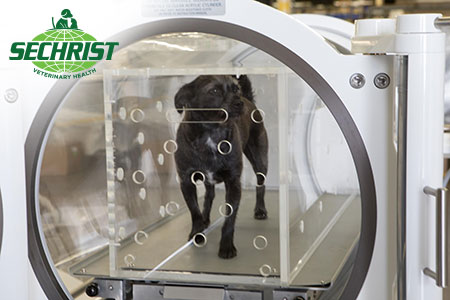 There is no way to prevent snake bites in pets entirely – even if your pets are indoors 24/7, there is always a potential for a snake to find its way inside your property and encounter your pet. As a result, pet owners are advised to be aware of the signs and symptoms of snake bites at all times.
There is no way to prevent snake bites in pets entirely – even if your pets are indoors 24/7, there is always a potential for a snake to find its way inside your property and encounter your pet. As a result, pet owners are advised to be aware of the signs and symptoms of snake bites at all times.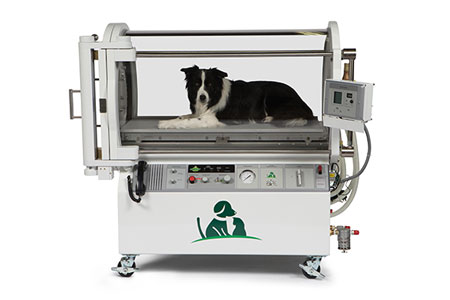 If your pet is showing any signs of a snake bite, then your next step is simple: take your pet to a veterinarian immediately, even if they otherwise seem well. Home remedies are not a reliable choice for snake bites, so always seek professional attention as soon as possible.
If your pet is showing any signs of a snake bite, then your next step is simple: take your pet to a veterinarian immediately, even if they otherwise seem well. Home remedies are not a reliable choice for snake bites, so always seek professional attention as soon as possible.